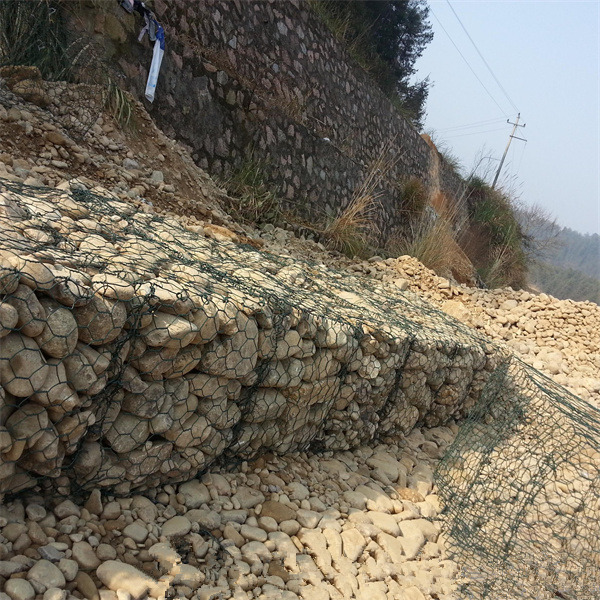Sep . 05, 2024 00:56 Back to list
High Quality Stepped Gabion Wall - Durable and Aesthetic Solutions
The Benefits of High-Quality Stepped Gabion Walls
In the realm of landscape design and civil engineering, the use of gabion walls has gained significant popularity due to their versatility, durability, and aesthetic appeal. A stepped gabion wall, in particular, combines the structural advantages of traditional gabions with a unique design that enhances both functionality and visual appeal. This article explores the numerous benefits of using high-quality stepped gabion walls in various construction and landscaping projects.
Structural Integrity and Stability
One of the primary advantages of stepped gabion walls is their structural integrity. Made from strong, welded wire mesh or hexagonal wire netting filled with stones, these walls can withstand considerable pressure. The stepped design allows for better weight distribution, reducing the risk of erosion and structural failure. This is particularly beneficial in areas with sloped or uneven terrain where conventional retaining walls might struggle to maintain stability.
Erosion Control
High-quality stepped gabion walls are an effective solution for controlling soil erosion. By constructing these walls along slopes or along riverbanks, they serve as a barrier that slows down water flow, reducing the force of runoff which can wash away soil. The gaps in the mesh allow for water permeability, meaning that while the wall helps support the earth, water can still naturally flow through, minimizing hydrostatic pressure that might otherwise lead to structural issues.
Aesthetic Versatility
high quality stepped gabion wall

In addition to their functional benefits, stepped gabion walls can be an attractive addition to any landscape. They can be filled with various types of stones or even recycled materials, allowing project managers to customize their appearance to fit the surrounding environment. The natural look of stone enhances garden aesthetics and can integrate seamlessly into various landscape designs. Additionally, the heights and angles of stepped walls can create visually striking terraces that draw the eye.
Environmental Benefits
Using natural materials in stepped gabion walls means they are often more environmentally friendly than traditional concrete walls. The stones used are typically locally sourced, reducing the carbon footprint associated with transporting materials. Furthermore, the gaps in the wall can promote biodiversity by allowing plants to grow within the structure, serving as habitats for small animals and insects.
Cost-Effectiveness
Finally, high-quality stepped gabion walls can prove to be cost-effective in the long run. While the initial installation may require careful planning and labor, their durability means they often require less maintenance and repair compared to traditional retaining walls. Additionally, their ability to control erosion can prevent costly landscape restoration projects down the line.
Conclusion
In summary, high-quality stepped gabion walls offer a multitude of benefits, including structural stability, erosion control, aesthetic flexibility, environmental advantages, and cost-effectiveness. Their unique design makes them a smart choice for any project that requires durable and visually appealing solutions for managing earth and water retention. Whether for residential landscaping or larger civil engineering projects, stepped gabion walls stand out as a superior option.
-
hesco-gabion-baskets-for-coastal-erosion-prevention
NewsAug.22,2025
-
longevity-and-durability-of-river-rock-gabion-walls
NewsAug.22,2025
-
how-to-integrate-gabion-3d-walls-in-urban-planning
NewsAug.22,2025
-
reno-mattress-gabion-applications-in-civil-engineering
NewsAug.22,2025
-
how-to-install-wire-mesh-for-gabion-baskets-properly
NewsAug.22,2025
-
best-materials-for-filling-a-chain-link-gabion
NewsAug.22,2025
-
Wire Mesh Thickness Impact on Gabion Wall Load Bearing
NewsAug.12,2025






